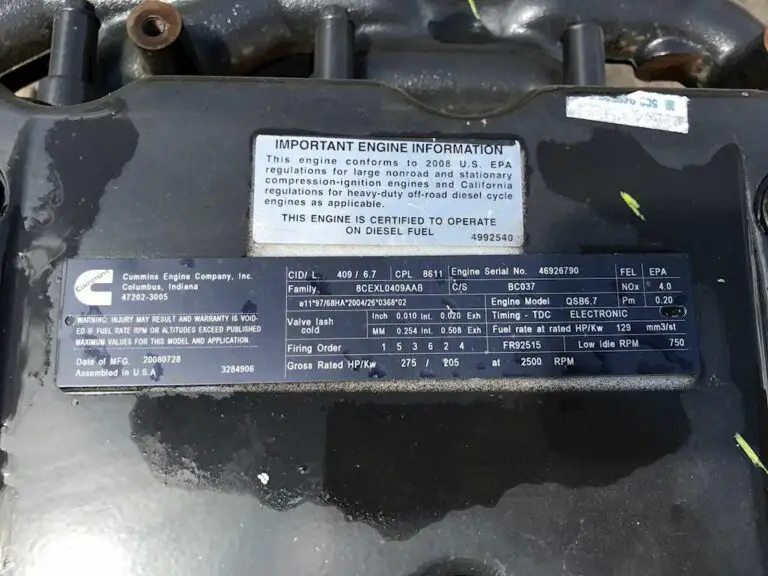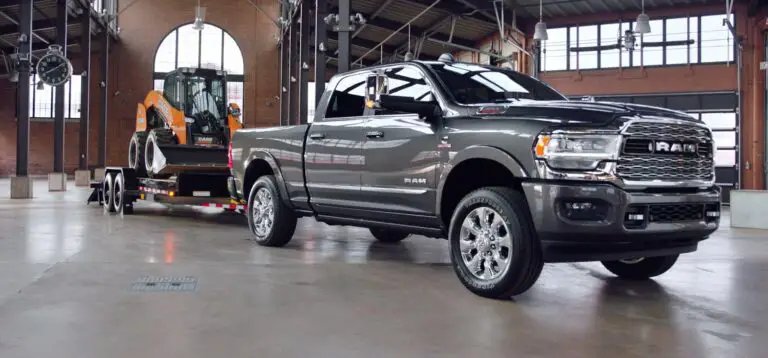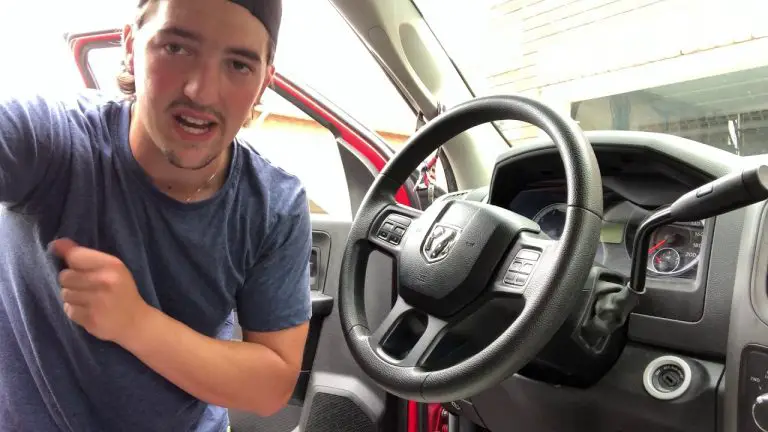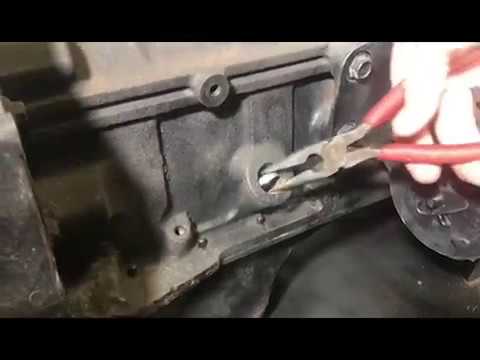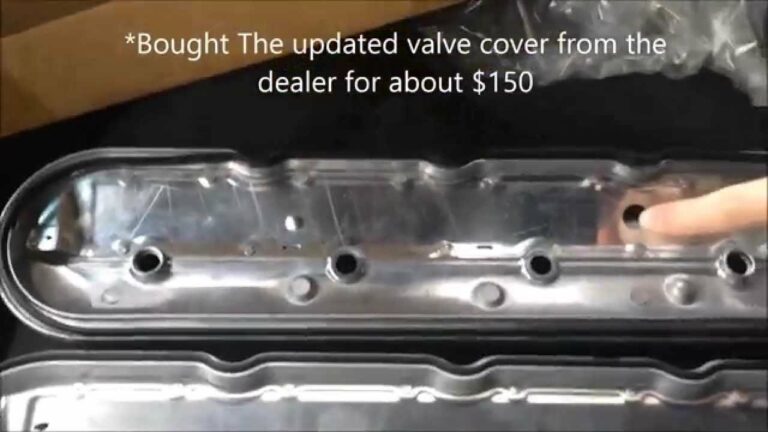Dodge Journey Problems: 2009 to 2020
The Dodge Journey, a popular SUV choice, is renowned for its versatility but comes with its own set of challenges. Many seek information on “Dodge Journey problems” to understand the issues they may encounter. In this article, we dive into the most common problems Dodge Journey owners face, offering insights into their causes and solutions.
Key Insights:
- Remote Keyless Entry System Malfunction: Troubleshooting tips for intermittent issues.
- Interior Water Leaks: Understanding causes and prevention.
- Engine Overheating Issues: How to address coolant flow problems.
- Diagnostic Code P0339: Crankshaft Position Sensor: Decoding check engine light codes and fixes.
- Inaccurate Speed Settings and High RPMs: Tackling powertrain control module issues.
- Seat Corrosion Concerns: Identifying and addressing corrosion in specific models.
- Rough Idle After Cold Start: Solutions for V6 engines.
- Shifter Stuck in Park: Understanding and addressing the issue.
- Premature Brake Wear: Causes and solutions.
This guide will equip you with essential knowledge, whether you’re a current owner or considering purchasing a Dodge Journey.
Remote Keyless Entry System Malfunction
The Dodge Journey’s remote keyless entry system is a modern convenience that, when malfunctioning, can cause significant frustration. Owners have reported instances where the system operates intermittently, leading to inconvenience and confusion. Understanding the root causes of these issues is essential for timely and effective resolution.
Symptoms and Troubleshooting Tips
- Intermittent Functionality: The keyless entry system may work sporadically, failing to respond at times.
- Troubleshooting Approach: Begin by checking the keyfob battery and ensuring it is not the source of the issue.
- Software Issues: Often, a software update can resolve the problem. Check for any available updates specific to the keyless entry system.
- Keyfob Malfunction: If software updates do not fix the issue, consider the possibility of a faulty keyfob. Testing with a spare keyfob or seeking a professional diagnosis can help confirm this.
- Professional Assistance: In cases where these steps do not resolve the issue, a visit to a certified Dodge technician is recommended for a more thorough diagnostic and resolution.
By following these steps, owners can often troubleshoot and resolve keyless entry system issues on their own. However, persistent problems should be addressed by professionals to ensure the vehicle’s security and convenience features are fully operational.
Interior Water Leaks
Dealing with unexplained dampness inside your Dodge Journey can be both confusing and frustrating. Water leaks within the vehicle are not only uncomfortable but can also lead to more serious issues like mold growth and interior damage. Identifying and addressing these leaks promptly is crucial for maintaining the vehicle’s integrity and comfort.
Causes of Dampness and Solutions
- Signs of Leakage: Damp carpets, water stains, or a musty odor inside the vehicle are clear indicators of water intrusion.
- Common Cause: For models between 2009 and 2018, improperly sealed body seams are often the culprit.
- DIY Checks: Inspect door seals and window edges for signs of wear or gaps. Simple visual inspections can sometimes reveal the source of the leak.
- Professional Inspection: If the leakage source isn’t apparent, a professional diagnostic is recommended. Technicians can perform water leak tests to precisely identify the entry points.
- Repair and Prevention: Replacing worn seals and ensuring proper installation is key. Regular checks and maintenance of seals can prevent future leaks.
Addressing water leaks promptly can save Dodge Journey owners from more costly repairs down the line and ensure a comfortable and safe driving experience.
Engine Overheating Issues
Engine overheating in the Dodge Journey, particularly in models from 2009 to 2018, is a concern that demands immediate attention. Overheating can lead to severe engine damage if not addressed promptly. Understanding the causes and solutions is key to preventing long-term damage to your vehicle.
Identifying and Addressing Coolant Flow Problems
- Symptoms of Overheating: Unusual engine noise, a spike in the temperature gauge, and steam from the engine area are common indicators.
- Coolant Flow Disruption: Debris in the engine can obstruct coolant flow, leading to overheating. Regular inspection and cleaning of the coolant system are essential.
- DIY Checks: Owners can check the coolant level and look for visible leaks around the radiator and hoses.
- Thermostat and Radiator Issues: Malfunctioning thermostats or radiator problems can also cause overheating. These components should be checked if other solutions do not resolve the issue.
- Professional Diagnosis and Repair: If the problem persists, a professional mechanic should inspect the vehicle. They can identify issues like blockages in the coolant passages or failing engine components that may not be apparent to the average owner.
Proactive maintenance and timely response to overheating symptoms can significantly reduce the risk of major engine damage in the Dodge Journey.
Diagnostic Code P0339: Crankshaft Position Sensor
The appearance of a check engine light can be alarming, especially when it indicates an issue with the crankshaft position sensor, as denoted by the diagnostic code P0339. This problem is notably prevalent in the 2009, 2010, 2012, and 2016 Dodge Journey models. Understanding this issue and its solutions is crucial for maintaining your vehicle’s performance.
Understanding the Check Engine Light Code and Fixes
- Symptom Recognition: The key symptom of this issue is the illumination of the check engine light, often accompanied by intermittent power loss.
- Code P0339 Explained: This code signals a problem with the crankshaft position sensor, a critical component for engine management.
- Initial Checks: The first step is to use an OBD-II scanner to confirm the presence of the P0339 code.
- Common Fixes: Depending on the diagnosis, a simple addition of a shim to the crankshaft sensor or replacement of the sensor and flex plate may be required.
- Seek Professional Advice: Given the technical nature of this issue, consulting with a Dodge-certified mechanic is advisable for accurate diagnosis and repair.
Addressing the crankshaft position sensor issue promptly can prevent further complications and ensure the smooth operation of your Dodge Journey.
Inaccurate Speed Settings and High RPMs
Experiencing inaccurate speed readings and unusually high revolutions per minute (RPMs) can be perplexing for Dodge Journey owners. This issue is often linked to the vehicle’s powertrain control module (PCM) and can be particularly noticeable when using cruise control. Addressing this problem is important for ensuring accurate vehicle performance and safety.
Issues with the Powertrain Control Module and Correction Steps
- Symptoms to Watch For: The vehicle may display higher than normal RPMs or incorrect speed readings. This can occur during regular driving or when cruise control is engaged.
- Identifying the Problem: These symptoms typically point toward a malfunction in the PCM, which controls various aspects of the engine and transmission.
- Software Update Solution: In many cases, a software update for the PCM can rectify these issues. This update can usually be performed at a Dodge dealership.
- Further Diagnostic: If a software update does not resolve the problem, further diagnostic work may be necessary to identify underlying hardware issues with the PCM or related components.
- Professional Assistance: Due to the complexity of the PCM and its integral role in vehicle operation, professional diagnosis and repair are recommended for these issues.
Timely intervention for speed and RPM inaccuracies can prevent further complications and maintain the operational integrity of your Dodge Journey.
Seat Corrosion Concerns
Corrosion on the seat frames of the Dodge Journey, particularly in the 2009, 2010, and 2013 models, is an issue that not only affects the vehicle’s aesthetics but can also lead to long-term damage. It’s important for owners to be aware of this problem and know how to address it effectively.
Identifying and Addressing Early Signs of Wear in Specific Models
- Symptoms of Corrosion: Look for rust or discoloration around the seat frames, which can indicate the onset of corrosion.
- Cause of the Issue: The corrosion typically stems from moisture exposure and wear over time.
- Preventative Measures: Regular cleaning and inspection of the seat area can help in early detection and prevention of further corrosion.
- Solutions for Affected Seats: If corrosion is observed, it’s advisable to take the vehicle to a Dodge dealership. The application of a corrosion inhibitor and potentially replacing or covering the affected areas can mitigate further damage.
- Revised Covers for Prevention: Dodge offers revised covers for the second row to help prevent the issue from progressing. Inquiring about these at a dealership can be a proactive step.
Being vigilant about seat corrosion and taking timely action can preserve the interior quality and comfort of your Dodge Journey.
Rough Idle After Cold Start
Owners of the 2009 and 2010 Dodge Journey models, particularly those with V6 engines, have reported experiencing rough idling after a cold start. This issue, while seemingly minor, can indicate underlying problems that need addressing to ensure smooth vehicle operation.
Solutions for V6 Engine Models
- Identifying the Problem: Rough idle typically manifests as uneven or shaky engine performance, especially noticeable just after starting the vehicle in cold conditions.
- Diagnostic Code P050D: In many cases, this issue triggers a check engine light with the diagnostic code P050D.
- Powertrain Control Module (PCM) Assessment: The cause often lies within the PCM, which may require a software upgrade or replacement.
- Professional Diagnosis: Given the technical aspects of this issue, a professional mechanic’s assessment is recommended. They can provide an accurate diagnosis and suggest the most effective solution.
- Importance of Timely Action: Addressing rough idle issues promptly can prevent them from escalating into more significant engine problems.
Proactive attention to rough idle symptoms in the Dodge Journey, particularly in specific models, is key to maintaining optimal engine performance.
Shifter Stuck in Park
A common and frustrating issue for some Dodge Journey owners is finding their vehicle’s shifter stuck in the park position. This problem, which affects the vehicle’s usability, has been recognized by Dodge, leading to recall actions to address it.
Understanding the Issue and Corrective Actions
- Symptom of the Problem: The most apparent sign is the inability to shift the vehicle out of the park position, despite normal operation of the ignition and engine.
- Recall Information: Dodge has issued recalls for this issue, acknowledging the problem with the shifter’s material and design.
- Immediate Solution: If faced with this issue, it’s advisable to contact a Dodge dealership immediately. They can provide information on whether your vehicle is covered under the recall and the necessary steps to take.
- Dealership Repair: The dealership will typically replace or repair the faulty shifter components, ensuring that the vehicle can shift out of park smoothly and reliably.
- Importance of Addressing Quickly: It’s crucial to address this issue promptly to avoid being stranded or facing situations where you can’t move your vehicle when needed.
Resolving the shifter issue in the Dodge Journey is essential for ensuring the vehicle’s functionality and the owner’s convenience.
Premature Brake Wear
The 2009 and 2010 Dodge Journey models have been noted for an issue of premature brake wear, a concern that affects the vehicle’s safety and performance. Understanding the cause of this problem and knowing how to address it is crucial for Journey owners.
Causes and Solutions for Early Wear and Tear
- Symptom Recognition: Early signs of brake wear include reduced braking efficiency, unusual noises during braking, and a need for frequent brake pad replacements.
- Underlying Cause: In these models, the brake system was designed more suitably for a sedan rather than an SUV, leading to faster wear.
- Class-Action Lawsuit and Warranty Extension: A class-action lawsuit led to an extended warranty for the vehicle’s brakes. Owners of these models should check their warranty status.
- Regular Brake Inspections: Frequent inspections and timely replacement of brake pads and rotors can prevent more severe brake system issues.
- Professional Assessment and Repair: Given the critical nature of the braking system, professional diagnosis and repair are recommended to ensure the vehicle remains safe to drive.
By staying vigilant about brake health and seeking timely repairs, Dodge Journey owners can maintain the safety and reliability of their vehicles.
Pros and Cons of Owning a Dodge Journey
While the Dodge Journey comes with its set of challenges, it’s important to balance this with an understanding of its advantages. This section will provide an overview of the key benefits and drawbacks of owning a Dodge Journey, helping current and potential owners make an informed decision.
Highlighting the Vehicle’s Features and Drawbacks
- Pros:
- Third-Row Seating: Offers additional passenger capacity, making it suitable for larger families or group travel.
- Ease of Driving: Known for its user-friendly driving experience.
- Handling: The vehicle handles well in various driving conditions.
- Storage: Ample storage compartments for convenience.
- Engine Options: Availability of an optional V6 engine for those seeking more power.
- Styling: Attractive design both inside and out.
- Comfort: The interior is designed for comfort, suitable for long journeys.
- Cons:
- Electronics Issues: Problems with electronic components can be a concern.
- Water Leaks: Some models have issues with water leaks, leading to interior dampness.
- Rough Idling: Particularly in certain models and engine types.
- Gear Shifter Problems: Instances of the vehicle getting stuck in park.
- High RPMs: Issues with revving too high.
- Early Corrosion: Some components may show signs of corrosion prematurely.
- Brake Wear: Notable for its premature brake wear, especially in certain model years.
Understanding these pros and cons will help in assessing whether the Dodge Journey aligns with your personal or family needs.
Preventative Maintenance Tips
Regular maintenance is key to avoiding many of the common problems associated with the Dodge Journey. By adhering to a consistent maintenance schedule and being proactive about potential issues, owners can significantly extend the life and improve the performance of their vehicle.
Regular Checks and Maintenance to Avoid Common Problems
- Regular Inspections: Conduct routine checks of key components such as brakes, engine coolant, and electrical systems.
- Oil Changes: Adhere to the recommended oil change intervals to ensure engine health.
- Tire Maintenance: Regularly check tire pressure and tread wear to ensure safe driving conditions.
- Brake System Care: Given the issues with brake wear, frequent inspection and timely replacement of brake pads and rotors are essential.
- Electrical System Checks: Pay attention to any signs of electrical malfunctions and address them promptly.
- Rust Prevention: Regularly inspect for and address any signs of corrosion, especially in susceptible areas like seat frames.
- Professional Servicing: For complex systems like the powertrain control module or crankshaft position sensor, professional servicing is recommended.
Adhering to these maintenance tips can help in preventing the common problems associated with the Dodge Journey, ensuring a safer and more reliable driving experience.
When to Consult a Professional
While many minor issues with the Dodge Journey can be addressed through regular maintenance and simple fixes, there are instances where professional intervention is necessary. Knowing when to seek the help of a certified mechanic can save time and prevent further damage to your vehicle.
Scenarios Where Expert Intervention is Necessary
- Persistent Engine Problems: If issues like overheating or rough idling persist despite basic troubleshooting, a professional mechanic’s insight is crucial.
- Advanced Electronic Issues: For problems related to the vehicle’s electronic systems, including the powertrain control module and keyless entry system, professional diagnostics and repair are advisable.
- Transmission and Brake System Concerns: Given their complexity and importance for safety, any irregularities in the transmission or brake system should be immediately checked by a professional.
- Recalls and Warranty Work: In cases of recalls or warranty-covered repairs, visiting a Dodge dealership or certified service center is necessary.
- Unidentified Sounds or Symptoms: Unusual noises, performance drops, or warning lights without a clear cause should prompt a visit to a mechanic.
Timely consultation with a professional not only ensures the proper functioning of your Dodge Journey but also contributes to your safety on the road.
Conclusion
Owning a Dodge Journey comes with unique challenges and rewards. This guide has highlighted the common issues and their solutions, alongside the vehicle’s advantages and disadvantages. Regular maintenance and knowing when to seek professional help are key to a smooth Dodge Journey experience. Stay informed and proactive to make the most of your vehicle, whether you’re a long-time owner or a potential buyer.


